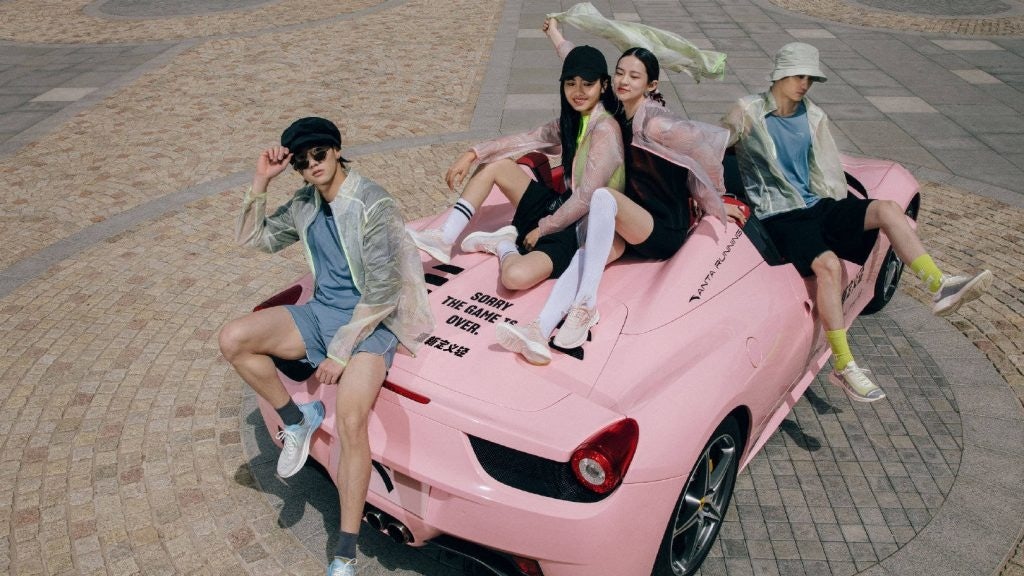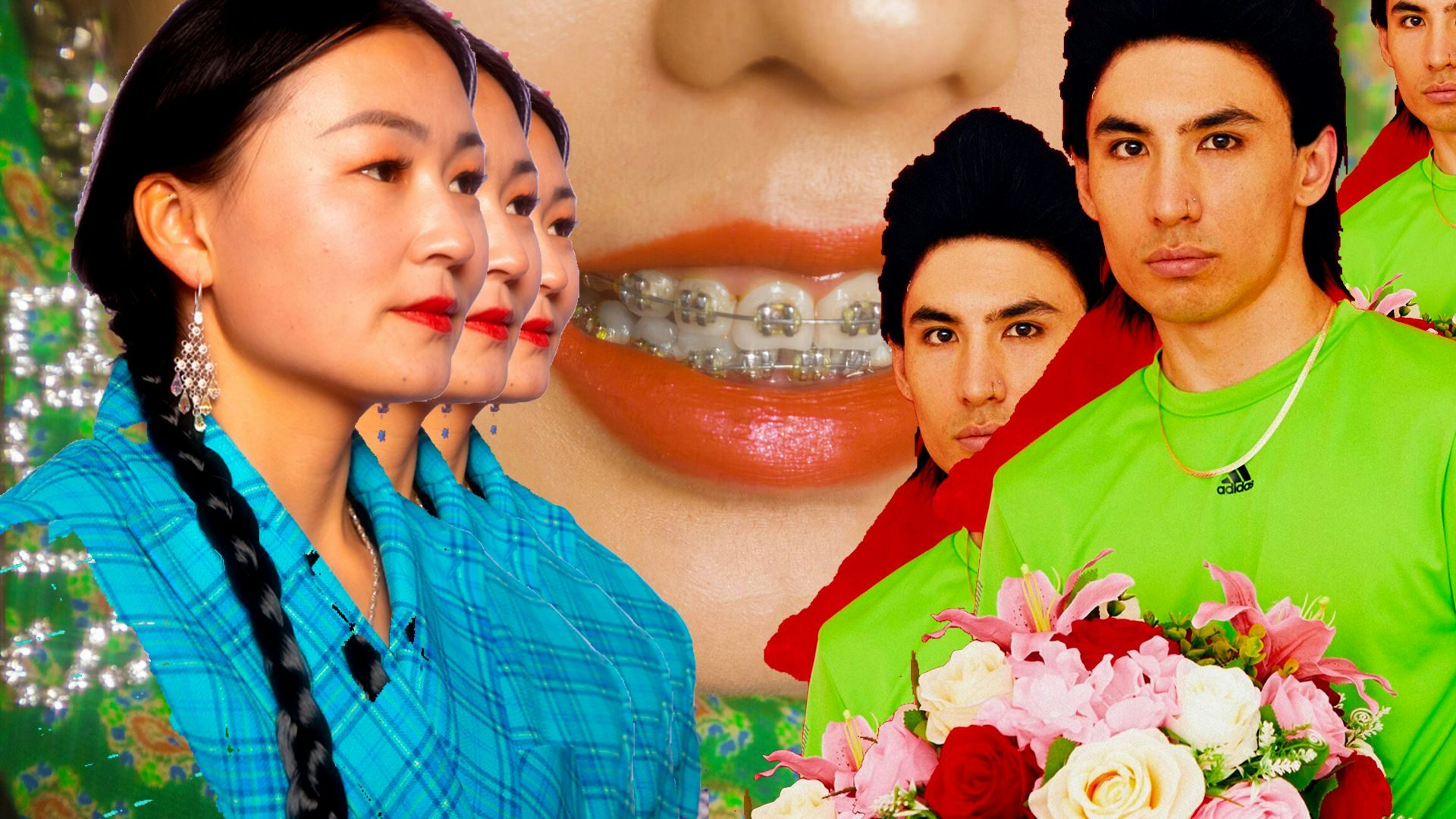Key Takeaways:#
According to the 2020 China Gen Z consumer insight report, there are nearly 260 million Gen Zers in China — a demographic that constitutes a consumer market worth 620 million (4 trillion RMB), spending 13 percent of the country's total household expenditure.
With an upbringing shaped by China’s fastest sustained development (from the late 1990s to the early 2000s), local Gen Zers are notably distinct from Millennials and Gen Xers, trending as more optimistic and impulsive while outspending their budgets.
Thanks to the rapid succession of novel trends in China, there is no “one-size-fits-all” shortcut for engaging Gen-Z consumers with various cultural propositions.
Within today’s rising middle class and high-net-worth individual demographics, Gen Z has become a unique force in driving mindful consumption. Therefore, authentic brand narratives and cultural interventions have become crucial pathways toward building lasting relationships with consumers. As the whitepaper "Culture, Culture, Culture," co-released by Highsnobiety and Boston Consulting Group, noted, cultural credibility has democratized the luxury space and obliterated the idea of the “brand category.”
According to a 2020 China Gen-Z consumer insight report, released by CBNData, there are nearly 260 million Gen Zers in China, of which 149 million were born after 2000. This demographic has constituted a consumer market worth 620 million (4 trillion RMB), spending 13 percent of the country's total household expenditure. Given their values-driven approach to consumerism, Jing Daily decided to further explore the mindset of China’s Gen Zers, their dynamic cultural landscape, and the companies that are adeptly blending culture and commerce in the country.
Decoding the values of China’s Gen Z inside and out#
With an upbringing shaped by China’s fastest sustained development (from the late 1990s to early 2000s), local Gen Zers are notably distinct from Millennials and Gen Xers. As McKinsey & Company noted, they are “optimistic, impulsive, and tend to outspend their budget.” Their elder generations tend to be more conservative and less active, especially concerning consumer goods, luxury apparel, and accessories, despite having higher incomes.
Moreover, Gen Z's China became a member of the World Trade Organization, so they recognize themselves as global citizens. Still, their values have also been shaped by the Great Firewall even though they are the first generation of digital natives, much like their peers in other countries. Thus, their admiration of Western countries has continued to dwindle post-COVID-19. This faded appeal also drives demonstrations of neo-patriotism, fostering rising cultural confidence and support on domestic brands.

Aside from their booming national pride, longing for individuality is another shared attribute of China’s Gen Z. But, with their background of Confucianism rooted in the Eastern Asian ideology, this group poses a different understanding of individualism than their Western peers. Xiaolei Gu, Director at Innovation Consulting, Fabernovel China, broke down this mentality, stating, “Given that the mainstream rhetoric is still dominated by the previous generation (maybe things will be different in 5 to 10 years), many [Chinese Gen Zers] need a sense of mental security and social recognition while wanting to be cool and unique.” This demand explains, to some extent, the surge of niche communities and fan cultures in China.
Exhibiting authenticity to subcultures
#
Discerning luxury players have seen subcultures as their growth engines in China. Yet brands also need recognition from cultural pioneers within niche communities. As American marketing expert Marty Neumeier stated, “A brand is not what you say it is; it’s what they say it is.”
This marketing myopia is commonly seen via brands that attempt to tap into ACG culture, which has been going mainstream in China as Bilibili continues to expand its business portfolio. But as the video-sharing platform’s initiative to capitalize on its huge ACG user base has sparked controversy, brands should be careful about approaching this group.
On the one hand, wider public exposure may not align with the expectations of interest-driven niche communities. Bilibili loyal user @TBrother, who is a big fan of two-dimensional comics and anime, wrote: “[Our community] does not expect recognition from the general public, and I don’t think any glorification and idealization of the culture is necessary.”
But on the other hand, a superficial crossover could backfire on brands. Givenchy Beauty’s Qixi Festival campaign last year, starring the virtual boy idol group The Futurer within the mobile game Honor of Kings developed by Tencent, received divided feedback from netizens, with negative comments criticizing the figures' homogeneous look. By contrast, Louis Vuitton’s partnership with Bilibili to develop an AR filter for users to transform themselves into characters from the video game League of Legends and Tumi’s pro-level Alpha Bravo Esports capsule resonated with the gamer community.

Keeping localization in mind#
Thanks to the rapid succession of novel trends in China, there is no “one-size-fits-all” shortcut for engaging Gen-Z consumers with various cultural propositions. As Gu pointed out, market players need to realize that any marketing tactic can only resonate with part of Gen Z, and tapping into all sub-communities is nearly impossible. “[Brands] have to figure out the crucial [groups] that are most feasible and relevant,” she added.
In addition to subcultures that have shaped China’s indigenous youth culture, buzzy terms like diversity and inclusivity have also spread across the market. But the two words are loosely defined when translated to Chinese in its local contexts. Gu noted that “when Chinese Gen Z talk about diversity, it is more about presenting diverse Asian images beyond certain stereotypes while the concept of inclusivity usually connotes gender and sexually-related discourses.”
Moreover, as young local consumers display higher spontaneity in communicating with brands, from celebrity endorsements to marketing campaigns, goals of collective betterment will become the future for luxury brands. This rising trend can be seen in the work of early adopters, such as Prada’s Re-nylon project. Positive reactions from Chinese consumers prove they have higher literacy on sustainability and corporate social responsibility than many brands realized, and their desire to work with brands to drive change and uphold values, rather than being educated.


